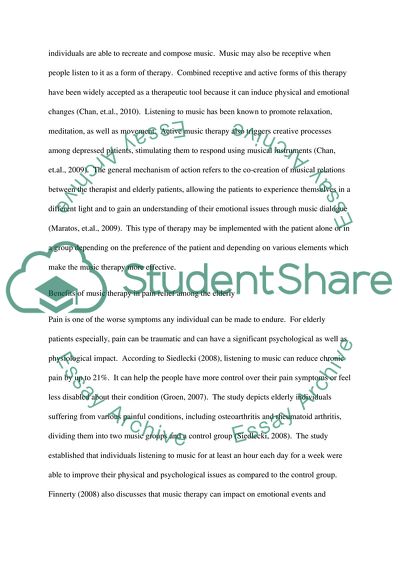Cite this document
(The Efficacy of Music as a Non-Invasive Therapy for the Elderly Coursework, n.d.)
The Efficacy of Music as a Non-Invasive Therapy for the Elderly Coursework. https://studentshare.org/nursing/1781216-research-methods-for-nursing
The Efficacy of Music as a Non-Invasive Therapy for the Elderly Coursework. https://studentshare.org/nursing/1781216-research-methods-for-nursing
(The Efficacy of Music As a Non-Invasive Therapy for the Elderly Coursework)
The Efficacy of Music As a Non-Invasive Therapy for the Elderly Coursework. https://studentshare.org/nursing/1781216-research-methods-for-nursing.
The Efficacy of Music As a Non-Invasive Therapy for the Elderly Coursework. https://studentshare.org/nursing/1781216-research-methods-for-nursing.
“The Efficacy of Music As a Non-Invasive Therapy for the Elderly Coursework”. https://studentshare.org/nursing/1781216-research-methods-for-nursing.


